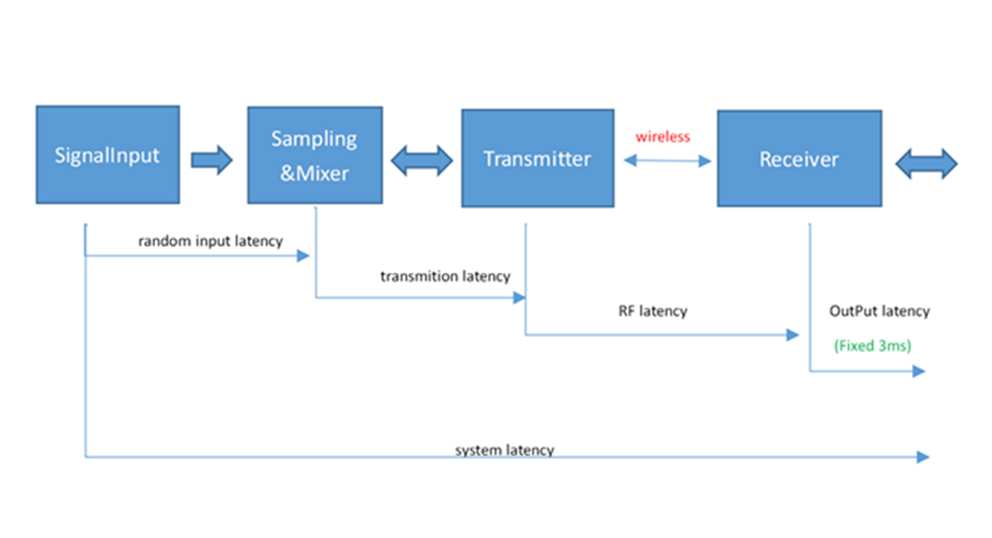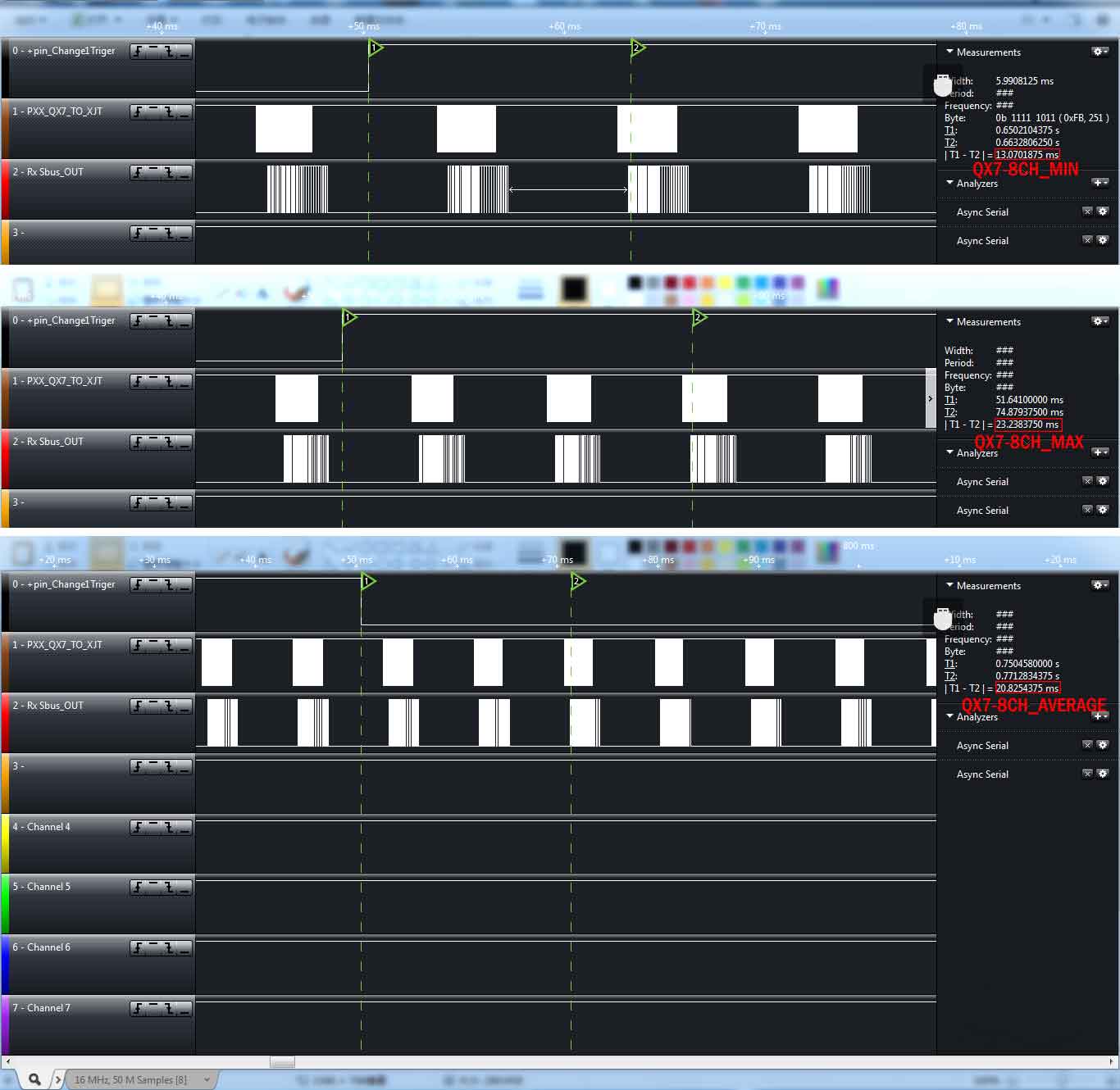Introduction
FrSky is constantly looking to improve performance and reliability of RC transmission. The FrSky ACCESS protocols are the most advanced to date as it offers more features than traditional protocols.
FrSky has developed excellent new ideas that expand the role that a traditional protocol would play. Building on our well acclaimed ACCST protocol, ACCESS offers visionary features like Smart Share™, Smart Match™, and Trio Control ™. Once a receiver is bound to a radio, it can be re-bound at any time without accessing your receivers bind button. Sharing models has never been easier, and updating has also been simplified, you no longer need to physically connect your receivers for updating. In addition, new tools like a Spectrum Analyzer and Power Meter are now available on your transmitter.
Always on the cutting edge of technology, we have developed ACCESS to improve your flying experience by allowing you to do more with your transmitter and receiver than ever before.
Main Functions and Features
 |
|
 |
|
 |
|
 |
|
 |
|
 |
|
 |
|
|
System Performance
Elevated performance with constantly upgrading FrSky products!
Latency
 |
 |
 |
 |
 |
 |
Control and Telemetry Range
Q&A
Q1: What is Smart MatchTM ?
A: Now you get extra security before you fly. Smart MatchTM acquires dual certification from your receiver and your transmitter to give you double the protection.
Q2: What is Smart ShareTM?
A: Now you can bind multiple transmitters to a receiver and Smart ShareTM assures that you have a unique certification for each transmitter. If you fly competitively you can set up two identical transmitters and have a spare one ready to go in the event you need it. No need to find the bind button on the receiver. It’s all ready to go. Many clubs have trainer aircraft to help new modelers. Now it is easy to allow authorized multiple transmitters to bind with the trainer aircraft receiver.
Q3: What is Trio ControlTM?
A: ACCESS allows one transmitter to control the signal and/or telemetry for up to 3 receivers per model. Receiver redundancy provides an extra layer of safety when flying larger models.
Q4: What are the improvements of ACCESS protocol when compare to ACCST?
A: The ACCESS protocol supports up to 24 channels with increased transmission rate and lower latency (Total latency from Tx stick input to Rx channel output) and the elevated performance.
- 8 channel mode: Fixed 11ms latency / Telemetry upstream rate increased 40% / Telemetry downstream rate increased 60%
- 16 channel mode: 14 ~ 23ms latency / Telemetry upstream rate increased 40% / Telemetry downstream rate increased 60%
- 24 channel mode: 14 ~ 23ms latency / Telemetry downstream rate increased by 60%
Q5: Is there any differences between the old and new products when using the ACCESS protocol?
A: Yes. Some of the new functions like the Power Meter were developed and optimized with the new FrSky transmitters (e.g. Taranis X-Lite Pro). When it comes to wireless performance, the new upgraded RF module is built specifically to use the new ACCESS protocol. This will provide a superior link than if used on a standard module.
Q6: What frequency band will be supported by the new ACCESS protocol?
A: The FrSky ACCESS protocol will be applied to both 900MHz and 2.4GHz working frequency bands with different differences in performance. This will work cohesively with the new dual frequency products like transmitters, Tx modules, and receivers being released this year.
Q7: In what scenario can I use the Smart ShareTM function?
- A user has 3 different FrSky radios for each type of aircraft and would like to fly them all with a single radio. As long as the user has already bound to the receivers, they do not need to access the bind button on the receiver to switch transmitters.
- RC Competitors often carry a back-up radio just in case something happens to the primary radio. In this case, the pilot can switch to the 2nd radio without accessing the bind button on the receiver of their model.
- Clubs that own and operate community special purpose planes, like aircraft for towing gliders up to altitude, will no longer need to only have 1 designated radio for that plane. Each authorized pilot will be able to use his or her own FrSky Transmitter with their own unique identification ID.
- A user that wants to share a model with a friend can now allow the user to bind to the model without access to the bind button. When the model is returned, it can simply be re-bound without accessing the bind button.
A: The 1st batch of updates includes RX4R, RX6R, G-RX6, and G-RX8. The 2nd batch will include RXSR, XM, XM Plus.
A: The transmitters do have separate modes (LBT and Non-LBT modes). The ACCESS receiver will automatically recognize the working mode according to the transmitter when they are communicating. The LBT mode only works in the EU. Users in the US and other places can choose either mode to use.
A: Yes, users can bind the ACCST D16 receivers with a new ACCESS transmitter. FrSky also have the external options (XJT and XJT Lite) for users to bind the older receivers.
A: FrSky will mostly adopt the 8 pins module interface (Lite version) for the new coming radios. For the manufacturers of the third-party external module who follow the requirements below, FrSky will offer the necessary supports of software and hardware including the technical material, interface design and etc.
1. The third-party external modules should be verified by FrSky compatibility tests;
2. The manufacturer does not infringe on others (individual, organization and company) intellectual properties.
Using an unverified external module can cause product impairment. The unverified third-party manufacturer is responsible for any damages that may occur, and the FrSky users warranty will be invalid.
A: The latency basically occurs in 4 phases,
1. Random input latency
2. Transmission latency
3. RF latency
4. Output latency (Fixed 3ms)
 |  |  |
Q13: How to test the latency of signal transmission between transmitter and receiver?
| Tool | |
| Transmitter | ACCESS: X-Lite Pro ( ISRM Software Version: 1.1.3 or later )ACCST: X9DP / X9DP SE / Q X7 |
| Receiver | R-XSR / RXSR-FC / RX4R / RX6R |
| Firmware | XlitePro_Latency.binX7_HeartBeat_Latency.binX7_NoHeartBeat_Latency.bin(HeartBeat is a built-in function of RF module, it works as a timing synchronization mechanism in order to reduce latency. This function will be enabled by OpenTX 2.3 and later versions, and has already been enabled by all FrOS versions. ) |
| Methodology |
|
 |  |  |  |
(state until 18.10.2019. Data without guarantee.)



























